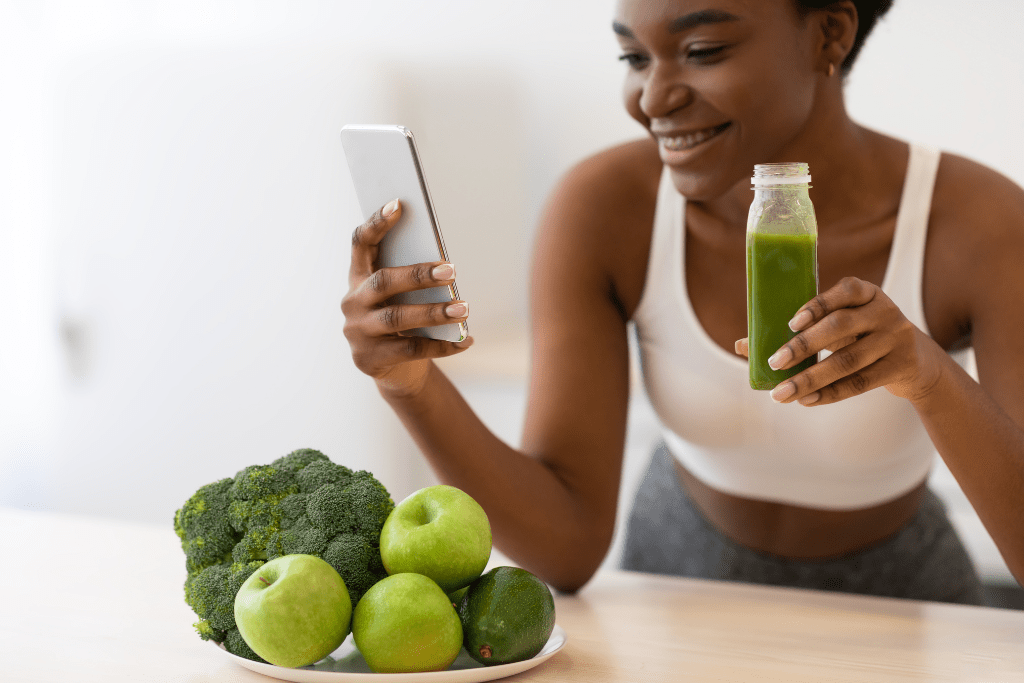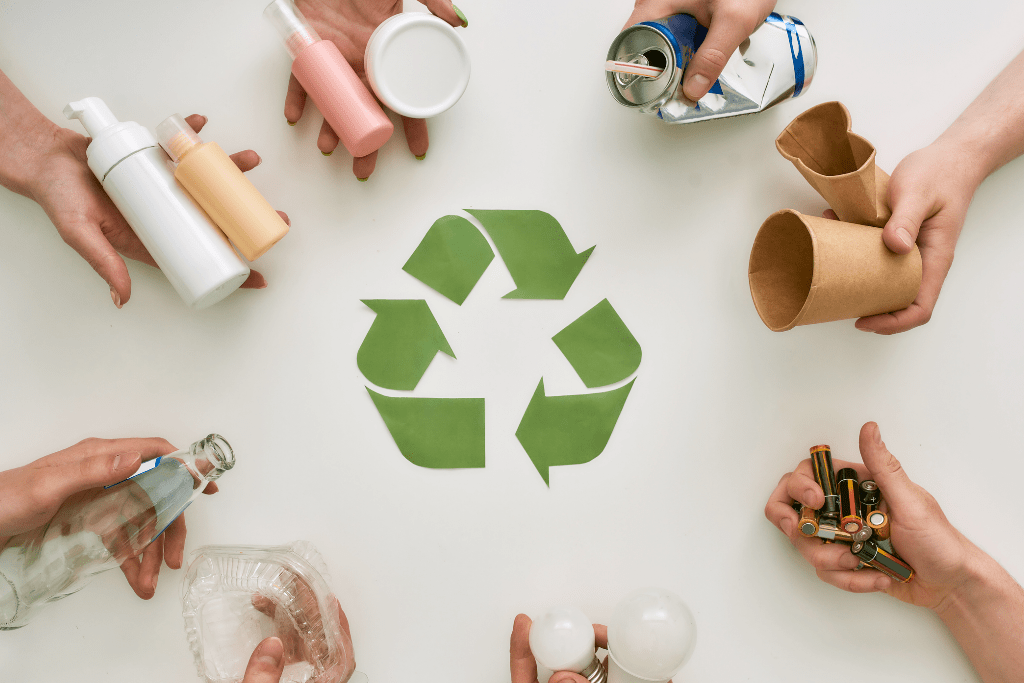


When it comes to what we drink, the market is changing, and changing fast. ‘Conscious consumers’ are a rapidly growing presence on the beverage landscape. They’re making their voices heard, and driving meaningful change in the liquids we consume, how they are packaged and who we buy them from. These trends bring represent a significant opportunity for beverage manufacturers who can get ahead of them – and a threat to those who lag.
In this article, we examine the changes and challenges that the conscious consumer is driving in the beverage market – the key trends that every manufacturer needs to have on their radar.
The pandemic accelerated an already growing consciousness of health and wellness, including in beverages. Conscious consumers are demanding a wider choice of drinks, including functional beverages, low sugar, plant-based, and even immunity boosting drinks.
Functional beverages are liquid foods marketed for a specific health-giving ingredient or benefit. In the Asia Pacific (APAC) region, the functional beverage market is projected to have a compound annual growth rate (CAGR) of 7.5% in the five years to 2027 (up from 6.9% in the previous five years). Manufacturers are responding accordingly – for example Australian brand Doctor V, whose core proposition has been energy drinks, is shifting its focus to a range of functional beverages, with which it plans to expand its presence into the wider APAC market.
In APAC, the largest RTD tea market in the world, manufacturers have seen the opportunity presented by the convergence of an established tea-drinking culture and the growth of functional beverages. This has led to teas becoming functional beverages, with the addition of electrolytes, protein, vitamins and mood enhancers.
New Zealand-based companies Adashiko and Parker Beverages recently launched a collagen-infused bottled water, and in the aftermath of COVID-19, experts expect to see a growth in functional beverages that include immunity boosting properties.
Low sugar – not only do health conscious consumers want less sugar in their drinks, but many countries – including the Philippines, Thailand and Malaysia in APAC – have introduced a sugar tax. That has impacted formulations, and in 2022 the major players say that around 50% of their sales are now from no-sugar/low sugar beverages.
Plant based – non-dairy beverages have grown rapidly in popularity in Australia, North America and Europe, and is now growing in Asia. In Vietnam, for example, soy-based products continue to be dominant in a market where 29% of consumers say they are consuming fewer animal products.

Around the world, consumers are turning away from brands that don’t (or aren’t seen to) take environmental sustainability seriously. Conscious consumers want to know that they are choosing beverages that are not going to have an adverse impact on the planet. Research found that 20% of shoppers make their brand choices based on sustainability.
It’s a message that has been heard by manufacturers. The Voice of the Industry Sustainability Survey 2021 found that 88% of food and beverage players see sustainability as extremely or very important to build resilience against unexpected risks.
Packaging plays a vital role in sustainability. Conscious consumers not only demand sustainable packaging, but they’re willing to put their money where their mouth is. According to Recycling Magazine, 74% percent of consumers would pay more for a product in sustainable packaging, with a quarter of them willing to shell out up to 10% on top of current prices.
The most widely used packaging material in APAC is polyethylene terephthalate (PET), a clear, strong, lightweight and 100% recyclable rigid plastic. In 2020, PET was used for 73% of soft drinks by unit volume in Asia, a figure that is set to rise to 91% by 2025.
A partnership between Garcon Wines and Australia’s Accolade Wines has introduced wine bottles that are wholly made from recycled PET, which requires 75% less energy to produce, and emits 79% less CO2 than virgin PET. They are 87% lighter than glass, and have a ground-breaking flat design, significantly reducing shipping costs and emissions.
Other popular beverage choices include aseptic multi-layer material (packaging giant Tetrapak® generates around 35% of the company’s global revenue from aseptic packaging), plastic, paper, aluminium, and glass.
Beverage brands that want to attract conscious consumers need to have a clear, well-communicated strategy for environmental sustainability. Brands who use contract packaging (co-packing) arrangements must ensure their partner also has solid environmental policies and credentials, including the appropriate machinery and experience for sustainable packaging. They must go beyond the traditional lip-service to sustainability, but of course without sacrificing profitability.

Conscious consumers are also re-evaluating their relationship with alcohol. The low to no alcoholic (LNA) beverage industry is rocketing in Europe and the US, and the trend has moved to APAC, where average growth is at 7%. Across the region, ‘teetotalism’ is increasingly prevalent, with 71% of consumers drinking less alcohol. In Australia, interesting analytics show that interest in low and no alcohol (LNA) drinks, as measured by social media searches, Twitter mentions and social conversations, grew significantly in 2021.
This trend is reflected in the range of LNA choices for consumers. Non-alcoholic cocktail bars like Melbourne’s Brunswick Aces have sprung up across Australian metropolitan areas. The Mornington Peninsula Brewery released Mornington Free, their first non-alcoholic beer offering, and leading Australian LNA brands Seedlip and Lyres took out awards for non-alcoholic spirits in Australian and World drinks competitions respectively.
LNA is certainly a rich seam of opportunity for niche players, with Nirvana Brewery, a dedicated alcohol-free brewery attributing their growth to consumers’ demand for more variety. But the giants of the traditional alcohol sector are claiming some of the action too, and Heineken has launched Heineken 0.0 as a ‘complementary’ LNA option to its existing product line.
For producers, wanting to enter the ‘better-for-you’ space that conscious consumers inhabit, is to change consumers’ perceptions around traditional alcoholic products. They need a clear message and branding if they are to attract the higher price point that this growing trend offers.
The beverage market never stands still, and today, the conscious consumer is driving the next wave of industry-shifting trends.


Adam is the CEO of Hilco APAC, a Director and founding shareholder, with over 25 years of experience in the auction, valuation and marketplace industries. Seeing a gap in the market when it comes to global access to marketplaces, Adam envisioned a business with a full-service offering; Hilco Global APAC was born from this vision. As the head of our business, Adam focuses on strategic relationships and finding new and interesting ways to connect buyers & sellers globally.
